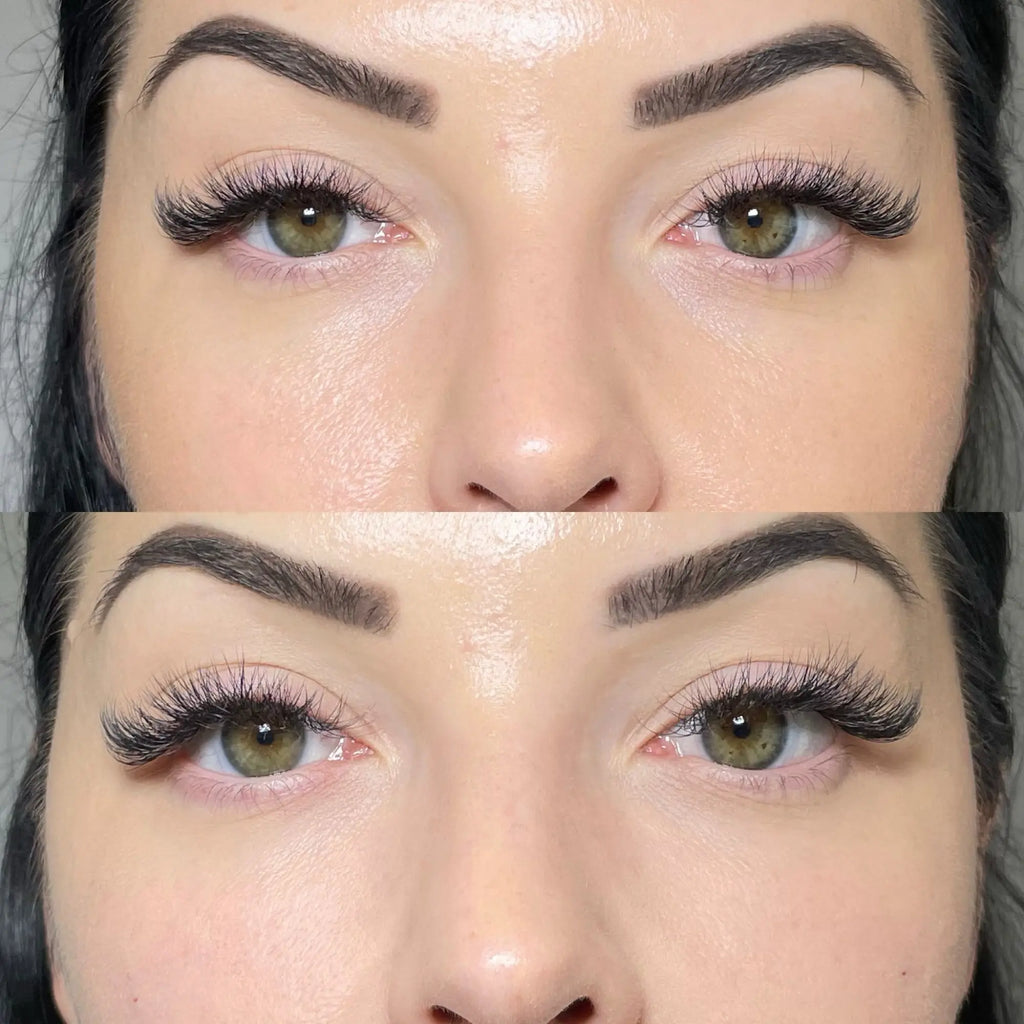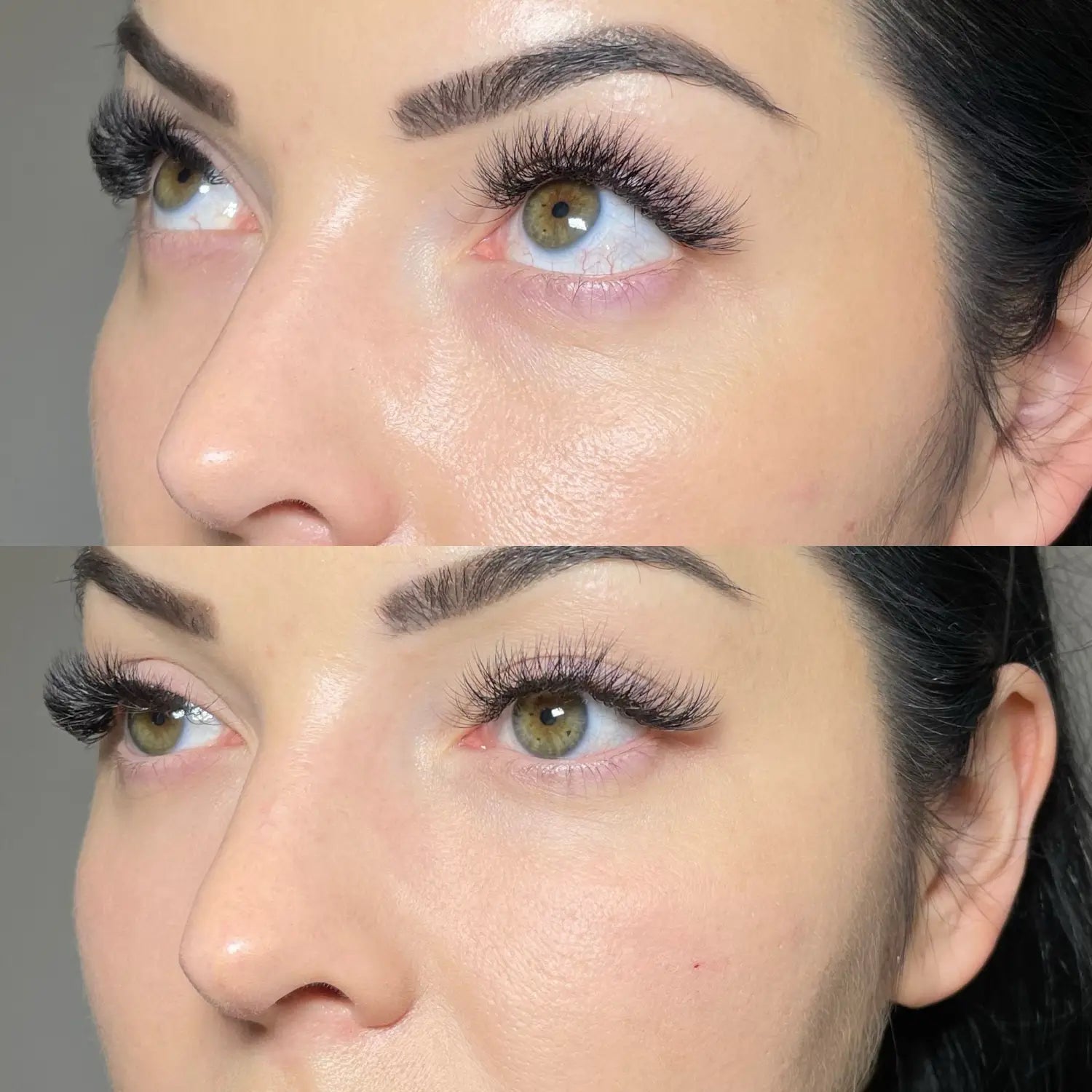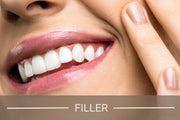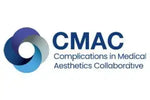Tear Trough Filler Before And After

Content Verification



👁️ Quick Summary: Tear Trough Filler Highlights 👁️
✨ Instantly brightens tired eyes and softens hollows
⏱️ Results are visible straight away and improve over days
🧴 Hyaluronic acid-based – safe, hydrating and plumping
💉 A quick, low-downtime treatment with subtle yet powerful results
🌟 Ideal for treating under-eye shadows and volume loss
💡 Expert Advice & Top Tips 💡
🧊 Gently apply a cool compress if you notice swelling
💤 Avoid touching or rubbing the under-eye area for 24 hours
🚫 No heavy workouts, saunas or alcohol for 1–2 days
📅 Results settle fully within 1–2 weeks – patience pays off!
🩷 Always choose a skilled practitioner for delicate areas like this
Tear trough filler is a non-surgical treatment designed to address hollows and shadows under the eyes. It’s often chosen by individuals experiencing tired-looking eyes, dark circles, or age-related volume loss. These concerns can affect self-confidence and may not improve with skincare alone.
This article explores tear trough filler before and after to give you a realistic view of what to expect. You’ll learn how the procedure works, what recovery involves, and the type of results typically achieved. We’ll also discuss potential risks, how long results last, and answer common questions.
If you’re considering under-eye filler, this guide will help you make a more informed and confident decision. Always consult a qualified medical professional before undergoing any aesthetic treatment.
What Is Tear Trough Filler?
The tear trough is the delicate area between the lower eyelid and upper cheek. As we age, this region can lose volume, leading to shadows, hollowing, or a tired appearance.
Tear trough filler is a non-surgical aesthetic treatment designed to restore volume in this under-eye area. The most commonly used product is a hyaluronic acid filler under eyes, chosen for its compatibility with the skin and ability to attract moisture.
Dr. Giedre Narkiene, an experienced dermatologist at It’s Me & You Clinic, explains: "The tear trough is particularly prone to volume loss due to the thinness of the skin and changes in underlying fat and muscle. Hyaluronic acid-based fillers are often preferred here because they provide subtle, natural-looking results and can be dissolved if necessary."
During the treatment, a small amount of filler is carefully injected using either a fine needle or a blunt-tipped cannula. The goal is to smooth the transition between the lower eyelid and the cheek, reducing the appearance of shadows and indentations.
This area requires precision and anatomical expertise due to its proximity to blood vessels and sensitive tissues. The procedure is typically quick, often taking less than 30 minutes, with minimal downtime for most individuals.
Tear Trough Filler: Before the Procedure
Before undergoing tear trough filler treatment, a detailed consultation is essential to assess suitability and manage expectations. This ensures a personalised approach based on facial anatomy, skin quality, and treatment goals.
During the assessment, the practitioner will examine the under-eye area and ask about medical history, medications, and lifestyle. They may also check for issues like skin laxity, pigmentation, or fluid retention, which may affect the outcome. Understanding what to expect from tear trough filler starts with this step.
Dr. Snieguole Geige, Medical Doctor and Senior Adviser, notes: "A thorough consultation is key in tear trough correction. Not every patient is a candidate, and results depend on factors such as skin thickness, volume loss, and realistic expectations."
In preparation for treatment, patients are usually advised to avoid alcohol, aspirin, and other blood-thinning medications for several days. This can help reduce the risk of bruising and swelling. Staying well-hydrated and avoiding intense physical activity 24 hours before the appointment is also beneficial.
Proper under-eye filler prep not only helps with safer injection but may also contribute to better post-treatment comfort and recovery. Always follow your practitioner's specific guidance ahead of the procedure.
The Procedure: What Happens During Treatment
The tear trough filler procedure is a minimally invasive treatment carried out in a clinical setting. It’s typically completed in under 30 minutes and requires no general anaesthetic.
The area is first cleansed and a topical numbing cream may be applied to minimise discomfort. The practitioner then uses either a fine needle or a blunt-tipped cannula to inject small amounts of filler beneath the skin. The goal is to restore volume and create a smoother contour between the lower eyelid and cheek.
Dr. Laura Geige, Medical Director and Skin Expert, explains: "Using a cannula for tear trough treatment can reduce the risk of bruising and allow more precise filler placement. Most patients describe the sensation as mild pressure rather than pain, though this can vary depending on individual sensitivity."
After the filler is placed, the area may be gently massaged to ensure even distribution and a natural finish. The results of this non-surgical eye rejuvenation are usually visible immediately, though some swelling may initially obscure the outcome.
Patients can typically return to normal activities shortly after the procedure, although some prefer to take the day off to allow any minor swelling to subside.
Tear Trough Filler: After the Procedure
Following treatment, it's common to experience mild swelling, bruising, or tenderness around the injection site. These side effects are typically short-lived and part of the normal under-eye filler recovery process.
Most swelling subsides within 48 to 72 hours, but minor puffiness can linger for up to a week. Bruising, if it occurs, tends to resolve within 7 to 10 days. Applying a cold compress intermittently for the first 24 hours can help manage swelling, though always follow your practitioner’s advice for specific aftercare.
Dr. Giedre Narkiene notes: "The tear trough filler swelling timeline varies between individuals, but we generally expect any significant swelling to improve within the first few days. Patients should avoid touching or massaging the area unless instructed to do so."
It’s also recommended to avoid strenuous exercise, alcohol, and high temperatures (like saunas or steam rooms) for at least 24 to 48 hours post-treatment. These measures support optimal healing and minimise the risk of complications.
Final results typically become visible within 1 to 2 weeks once any swelling has settled and the filler has integrated with the surrounding tissue. The area should appear smoother, less hollow, and more refreshed — though results vary based on individual anatomy and the amount of filler used.
Follow-up appointments may be offered to assess the outcome and discuss any top-up treatments, if needed.
Realistic Before and After Results

Tear trough filler results can be noticeable immediately after treatment, although mild swelling may temporarily affect the appearance. Once any puffiness subsides, the treated area typically looks smoother, with less visible hollowness and a more refreshed overall expression.
In many cases, tear trough filler before and after 1ml shows a subtle yet effective improvement. The goal isn’t to dramatically change the face, but rather to restore volume and reduce shadowing under the eyes. This can help patients appear more rested without looking “done” or overfilled.
Dr. Laura Geige explains: "Most patients see a visible improvement after just 1ml of filler, especially if the volume loss is mild to moderate. By one week, the results usually settle into a more natural appearance as swelling resolves."
Under-eye filler results after 1 week often represent the most accurate view of the final outcome. At this point, any initial irregularities usually smooth out, and the filler blends more seamlessly with the surrounding tissue.
It’s important to remember that results vary depending on skin thickness, anatomy, and how well the filler integrates with the tissue. The aim is natural enhancement — not to erase every line or completely alter facial structure.
Patients seeking significant changes may require a staged approach, with additional filler placed cautiously over multiple sessions to maintain safety and precision.
Common Concerns and Risks
As with any injectable treatment, tear trough filler carries some risks and limitations. While generally well-tolerated, some patients may experience temporary side effects such as swelling, bruising, or mild tenderness.
Less commonly, issues like small lumps, unevenness, or the Tyndall effect—a bluish tint under the skin caused by superficial filler placement—can occur. These tear trough filler side effects are typically manageable but may require medical review if persistent.
Dr. Snieguole Geige advises: "Patients should always be aware of both the benefits and limitations of this treatment. If there’s prolonged swelling, discolouration, or discomfort beyond 10 days, it’s important to contact your practitioner promptly for follow-up care."
Overfilling is another concern, especially in individuals with very thin skin or significant under-eye fluid retention. In such cases, less filler may be used initially, with further treatment spaced out over time.
So, is tear trough filler worth it? For many patients with mild to moderate hollows, the answer is yes — especially when realistic expectations are set and the procedure is performed by a qualified professional. However, not everyone is a candidate, and alternatives may be more suitable in some cases.
Always consult a medically trained practitioner with experience in this delicate area before deciding on treatment.
How Long Does It Last and Is It Worth It?
One of the most common questions patients ask is:how long does tear trough filler last? On average, results can last anywhere from 6 to 18 months, depending on factors like the type of filler used, individual metabolism, and lifestyle.
Hyaluronic acid fillers tend to break down more slowly in the under-eye area due to reduced muscle activity compared to other parts of the face. However, results are not permanent and may require occasional maintenance or top-up treatments to sustain the desired effect.
Dr. Laura Geige explains: "Tear trough filler typically offers longer-lasting results than other areas, but individual variation plays a key role. Follow-ups every 9 to 12 months help maintain a balanced and natural look."
As for tear trough filler cost UK, prices can range from £300 to £600 per session, depending on the clinic and the expertise of the practitioner. While the cost may seem high initially, many patients find the results offer excellent value compared to more invasive options.
When performed correctly, the treatment can significantly improve under-eye appearance and self-confidence, making it a worthwhile investment for those seeking subtle but noticeable enhancement.
The Bottom Line
Tear trough filler can offer a noticeable yet natural improvement in under-eye hollows and tired-looking eyes. When done correctly, it enhances facial harmony without surgery or extended downtime. However, it’s important to approach this treatment with realistic expectations and a clear understanding of the risks.
Always consult a qualified, medically trained practitioner with experience in tear trough correction. A personalised assessment is essential to determine if the treatment is right for you and to achieve safe, balanced results.
Disclaimer: This article is for informational purposes only and does not constitute medical advice. Always consult a qualified healthcare professional or aesthetic practitioner before undergoing any cosmetic procedure.




























